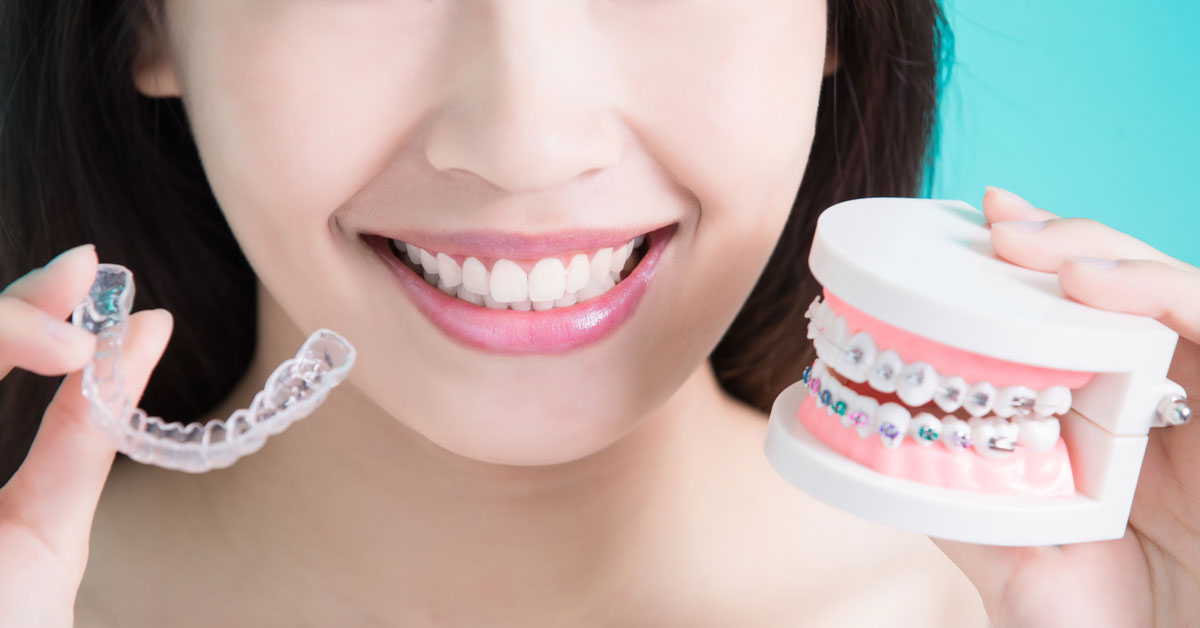
- Home
- About
- Our Team
- Services
- Postoperative Care
- Smile Gallery
- Medical Tourism
- Blog
- Offers
- Contact Us
- Home
- About
- Our Team
- Services
- Postoperative Care
- Smile Gallery
- Medical Tourism
- Blog
- Offers
- Contact Us


Clear aligners are an alternative to traditional metal braces, and are used to guide the movement of teeth into the desired position. Very similar to the traditional braces, they use minimal forces to move the teeth, but without wires, bands and brackets. They are made of strong plastic material that are custom made to fit the individual’s mouth. A series of aligners need to be made and changed until the desired movement of teeth is achieved.
Although there is not enough research to substantiate the outcome of using clear aligners against traditional braces, many people prefer to have them because of their comfort and convenience of wearing them at their own disposal. They can be used to correct mild to moderate crowding, mild to moderate spacing, cross bite, crooked teeth, rotated tooth, and relapse following discontinuing orthodontic treatment.

Advantages:
Disadvantages:
Since it’s a removable appliance, it has very limited control over the tooth movement.
Paralleling of tooth root following an extraction, tipping of tooth and certain rotations of
tooth still remains a challenge to be corrected with the clear aligners. A patient with both
skeletal and teeth correction involved, will not be an ideal case for clear aligners.
Your doctor will assess your malaligned teeth. Few x-rays and model casts will be done by
taking an impression of your teeth. The model casts will be sent to the lab for processing.
Custom made trays will be made that will be made to fit your teeth snuggly. When the
desired movement is achieved, the process is repeated a few number of times to make a
series of aligners. Depending upon the type of correction required, it may take about 10-12
months to get the final outcome of the treatment.

The cost and time of treatment is almost the same as traditional braces. There is not of
much difference between them in this aspect.
It’s the comfort and convenience that makes it superior over the traditional braces.

